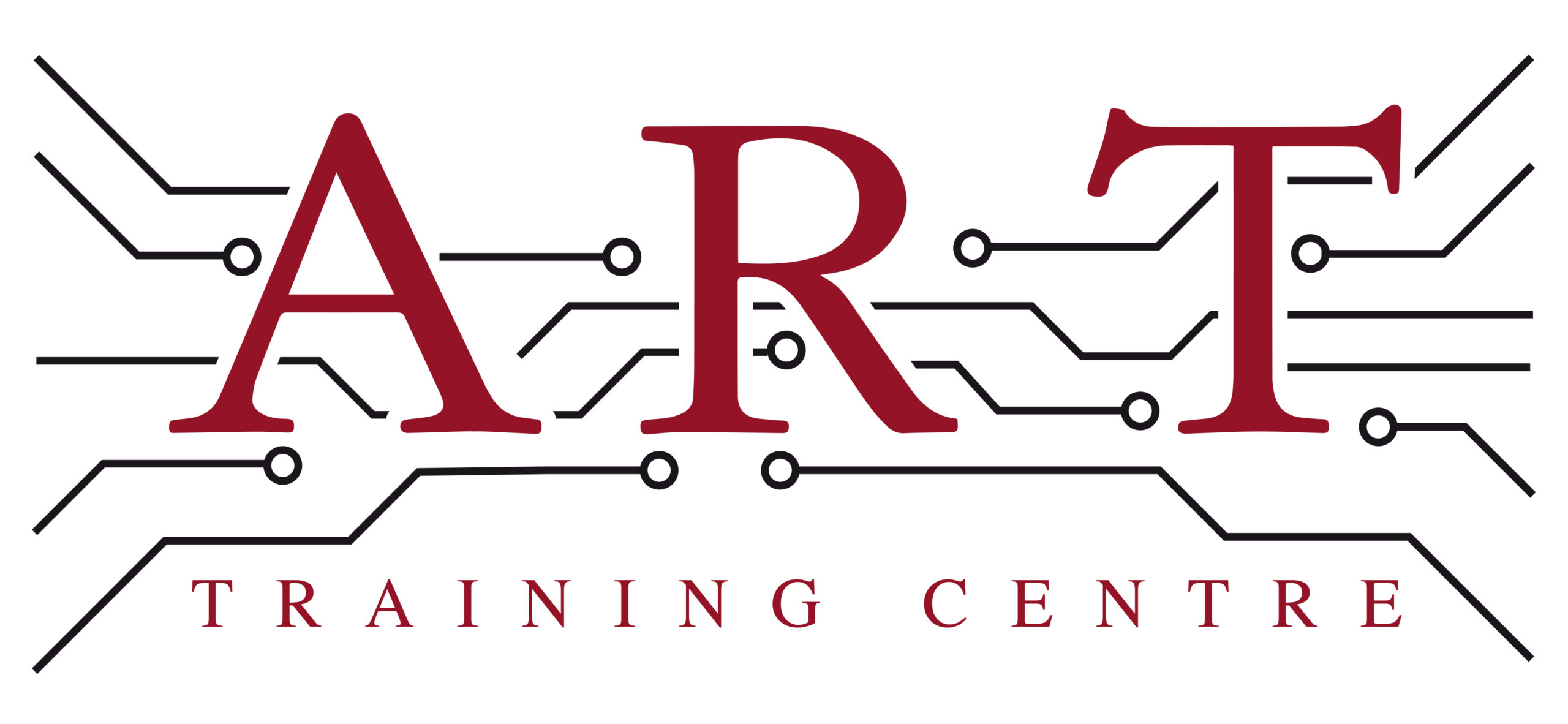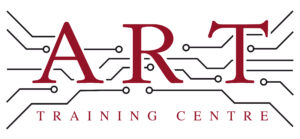Definition
BGA (Ball Grid Array) is a type of surface-mount packaging used for integrated circuits. It consists of a grid of small solder balls on the underside of the package, which connect to a printed circuit board (PCB) during assembly. BGAs are known for their excellent electrical performance and thermal management, making them a popular choice in modern electronics manufacturing.
How It’s Used in the Industry
BGA is applied in electronics assembly by first placing the BGA component onto a PCB, aligning the solder balls with corresponding pads. The assembly is then heated using reflow soldering, which melts the solder balls, creating strong electrical connections. For rework, technicians may use hot air or infrared tools to carefully remove and replace BGAs without damaging the PCB. Understanding BGA assembly is crucial for both trainees and experienced professionals, as it ensures optimal performance and reliability in electronic devices.
History & Origins
BGA technology became common in the late 1990s as electronic devices began to require smaller and more efficient components. Its introduction was driven by the need for higher pin counts and improved thermal performance, particularly in the computer and telecommunications sectors. The development of industry standards, such as IPC-A-610, helped establish guidelines for BGA assembly and inspection, ensuring quality and reliability in manufacturing processes.
Variations
There are several variations of BGA, including Micro BGA (µBGA), which features smaller solder balls for tighter spacing, and Flip Chip BGA, where the chip is flipped upside down for direct contact with the PCB. Compared to traditional pin-through-hole components, BGAs offer enhanced electrical performance and a lower profile, making them suitable for compact electronic devices. Understanding these variations helps learners grasp the evolving landscape of electronics packaging.
Modern Applications
Today, BGA is widely used in the production of smartphones, computers, and other advanced electronic devices. It is essential in surface mount technology (SMT) and is preferred for its ability to support high-density interconnections. Compliance with IPC standards ensures that BGA assemblies meet quality and reliability requirements, making it a critical component in both manufacturing and repair processes. Its significance in professional training highlights the need for technicians to be proficient in BGA handling and inspection.
Practical Tips & Training
When working with BGA, it is important to use appropriate tools, such as a hot air rework station and a microscope for inspection. Safety precautions should include proper handling of solder and avoiding overheating components. Structured training and certification in BGA techniques are vital for ensuring technicians are equipped with the skills needed to maintain quality standards in electronics manufacturing and repair.


